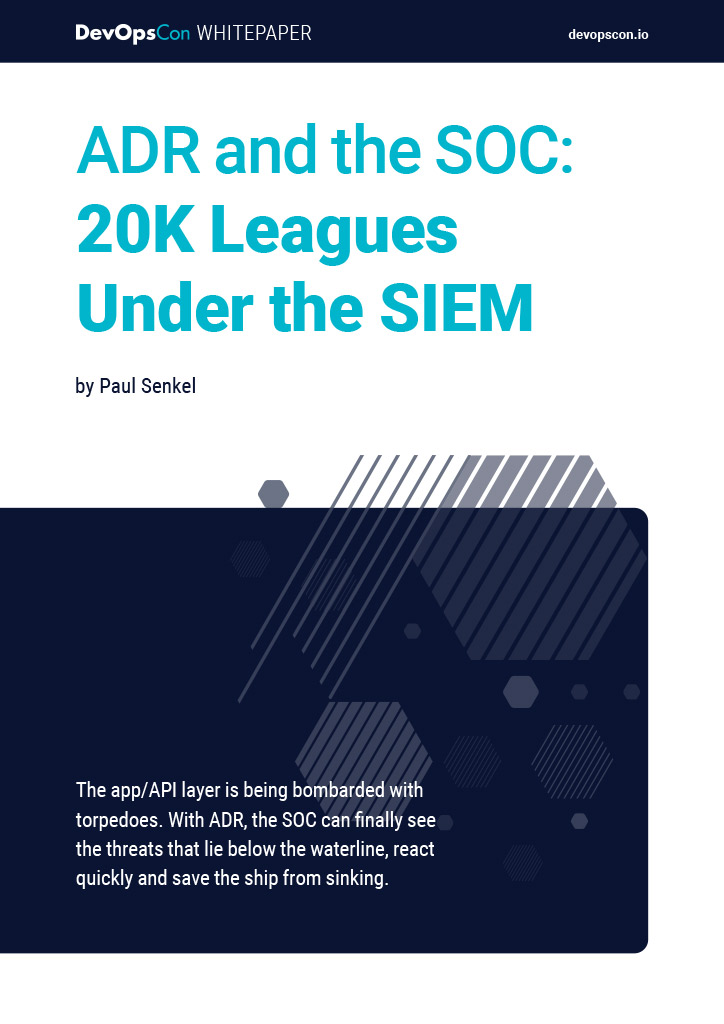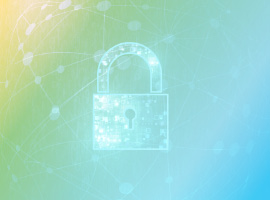Benefits of Implementing CI/CD
Timely feedback
Since testing is automated, developers receive feedback on submitted code significantly faster than with manual processes. This enables them to make necessary changes earlier in the process and reduces non-viable work.
Greater visibility
Pipeline events are logged at every step and alerts can be triggered automatically. This visibility provides teams with the ability to easily analyze pipeline efficiency and troubleshoot effectively. It also ensures that teams remain aware of pipeline and project status.
Early flaw detection
Automated testing throughout the pipeline ensures that defects and vulnerabilities are identified as soon as possible. This enables teams to correct bugs more quickly and avoid last-minute changes.
7 Steps for Implementing Security in Your CI/CD Pipeline
The following steps can help you address pipeline security and ensure that any vulnerabilities are identified and handled appropriately.
1. Perform Dependency Scanning
Dependency scanning can help you identify issues in your tools as well as within your projects. Scanning tools can create inventories of dependencies and check these against known vulnerabilities and versions.
Use scanning tools to determine where your dependencies are, ensure that versions are used consistently and that all dependencies are up to date. If you find that you are using multiple versions of a dependency or are using dependencies inefficiently, you should consider reducing your number or implementing inclusion standards.
2. Perform Container Scanning
Scanning your containers can help you identify vulnerable configurations, malware infections, insufficient secrets management, and compliance breaches. You should be performing this step periodically throughout your development process.
Make sure to scan all containers; this means the ones in which your pipeline services and your applications are developed, tested, or deployed. It is also a good idea to scan any master images you may be building environments from. Fixing vulnerabilities at the source is much more effective than addressing issues each time a container is deployed.
3. Protect Endpoints Using an Endpoint Protection Platform (EPP)
In today’s cybersecurity environment, antivirus is no longer enough. Attackers know that endpoints are weakly defended and often target them directly, circumventing other defenses.
DevOps pipelines have a large number of sensitive endpoints, from build servers to repositories to developer workstations—imagine what would happen to your pipeline if a developer’s laptop got infected with ransomware. To protect these endpoints, deploy an endpoint protection platform, including next-generation antivirus (NGAV) to protect against unknown and zero-day malware, behavioral analysis to identify anomalous activity on an endpoint, and vulnerability scanning.
Endpoint protection systems also include Endpoint Detection and Response (EDR) tools that can help security teams respond when an endpoint is attacked. They provide real-time information from the endpoint and allow security teams to isolate an infected endpoint from the network, wipe and reimage it, and take other actions to actively mitigate threats.
4. Perform Static Application Security Testing or (SAST)
SAST tools scan code in a white box testing process and can help you identify issues related to syntax, logic, complexity, and vulnerable methods. These tools can provide real-time insight to issues on a line by line basis directly from your code editors.
Make sure to use tools that integrate with whatever editors or integrated development environments (IDEs) your team is using. You should also make sure that tools do not interfere with developer workflows and display only relevant, clear results. If a tool impedes productivity, developers are likely to avoid using it.
5. Ensure Runtime Protection
You should implement runtime protections to protect against those vulnerabilities you have not yet identified and those you cannot secure otherwise. For example, the operating systems of your container hosts. To ensure this protection, you should adopt strong access controls and verify that users have minimum necessary privileges.
You should also make sure to address runtime protections in your applications. Runtime Application Self-Protection (RASP) is an automated tool you can use to secure applications during runtime. It works as a security framework inside your applications, continuously scanning traffic and blocking suspicious activity. To increase the security of your projects, deploy applications with RASP tooling included.
6. Use an Intrusion Detection System (IDS)
Implement an IDS system, which can analyze traffic for suspicious activity, based on predefined rules and policies, and alert security teams to suspect events. In a DevOps pipeline, you can use IDS to ensure that only validated users are accessing your code and tooling. You can also use it to alert to changes in configurations, environment images, and deployment settings.
7. Pipeline Monitoring
A centralized monitoring tool is necessary to ensure the security of your pipelines and various environments. Centralization tools, such as system information and event management (SIEM) solutions can help you aggregate log data and alerts. These tools can also correlate event data for you, providing greater visibility into pipeline functioning and security. Without centralization, incidents and issues are likely to be missed.
Conclusion
CI/CD pipelines contain many of the most valuable assets of the software delivery process. These assets include codebases, secrets, system access, and environment configurations. The housing of these assets makes pipelines an appealing target for attackers. Additionally, integration of third-party tooling can insert vulnerabilities that can be exploited. To keep your assets secure, teams must emphasize security.
There are two aspects to security in CI/CD pipelines—ensuring the security of your code and ensuring the security of your pipeline. These aspects may overlap, particularly when your pipeline uses code as infrastructure. To ensure a secure pipeline, you need to address both aspects simultaneously.






 6 months access to session recordings.
6 months access to session recordings.